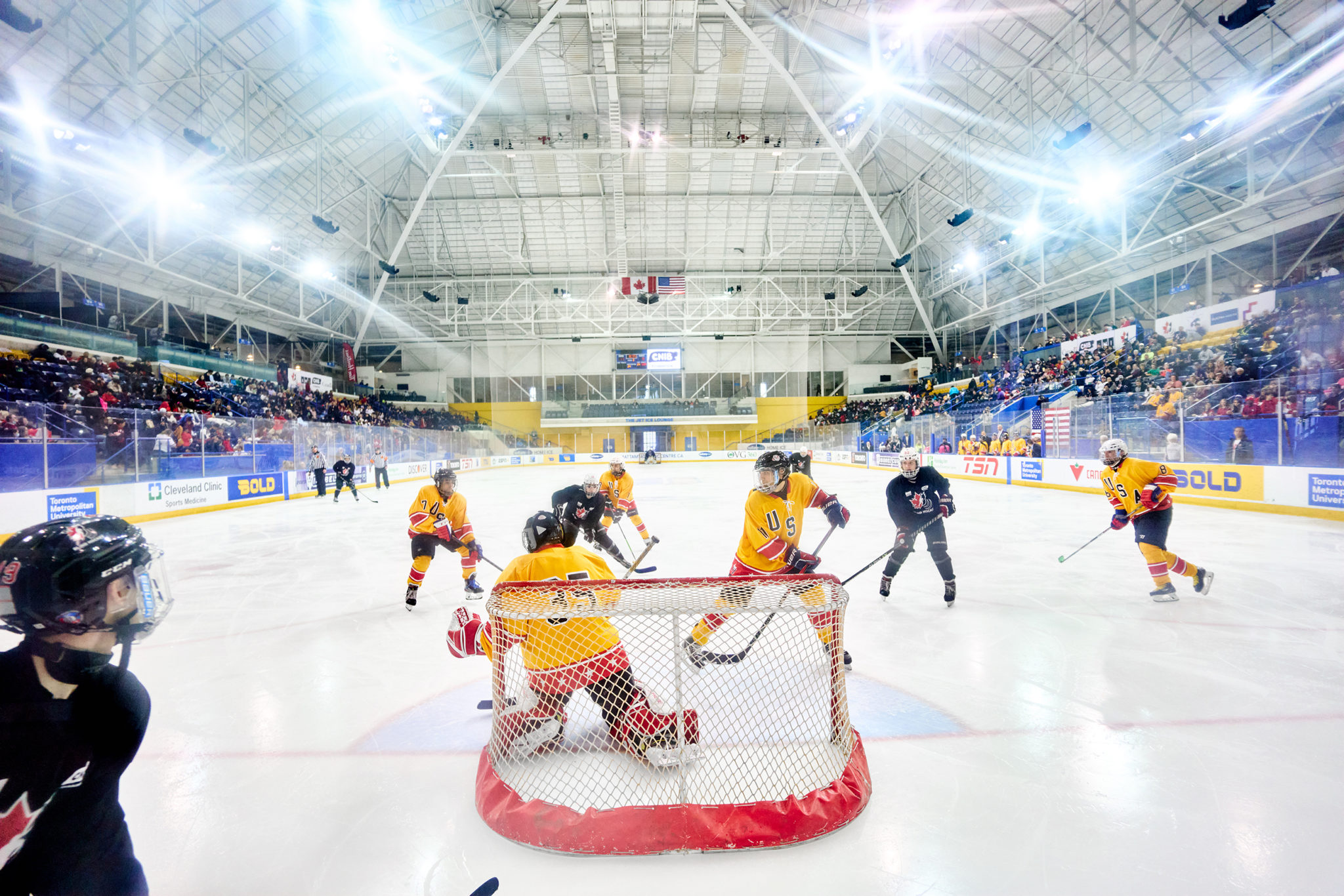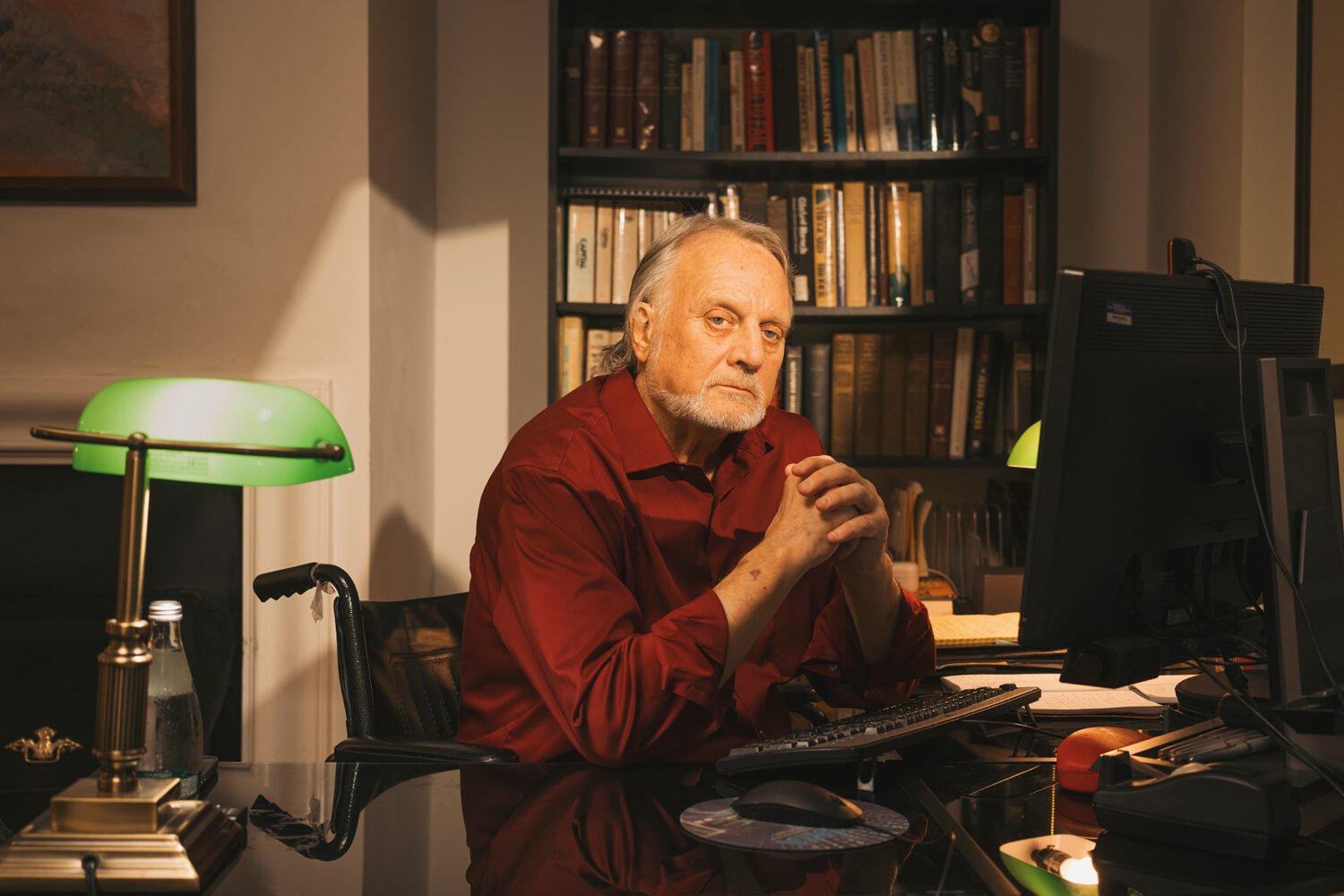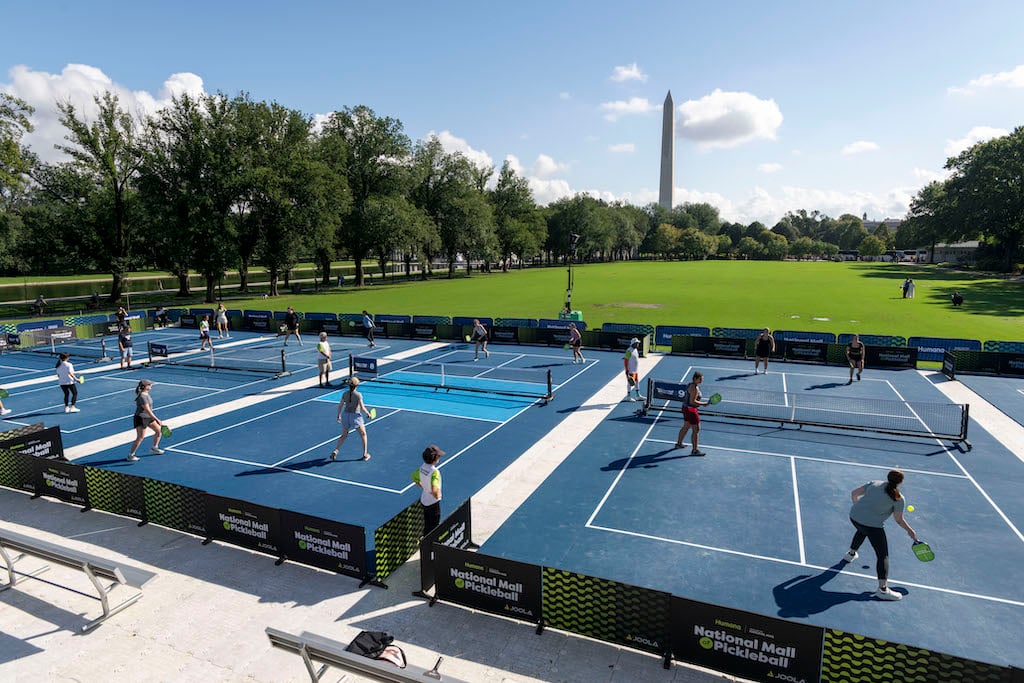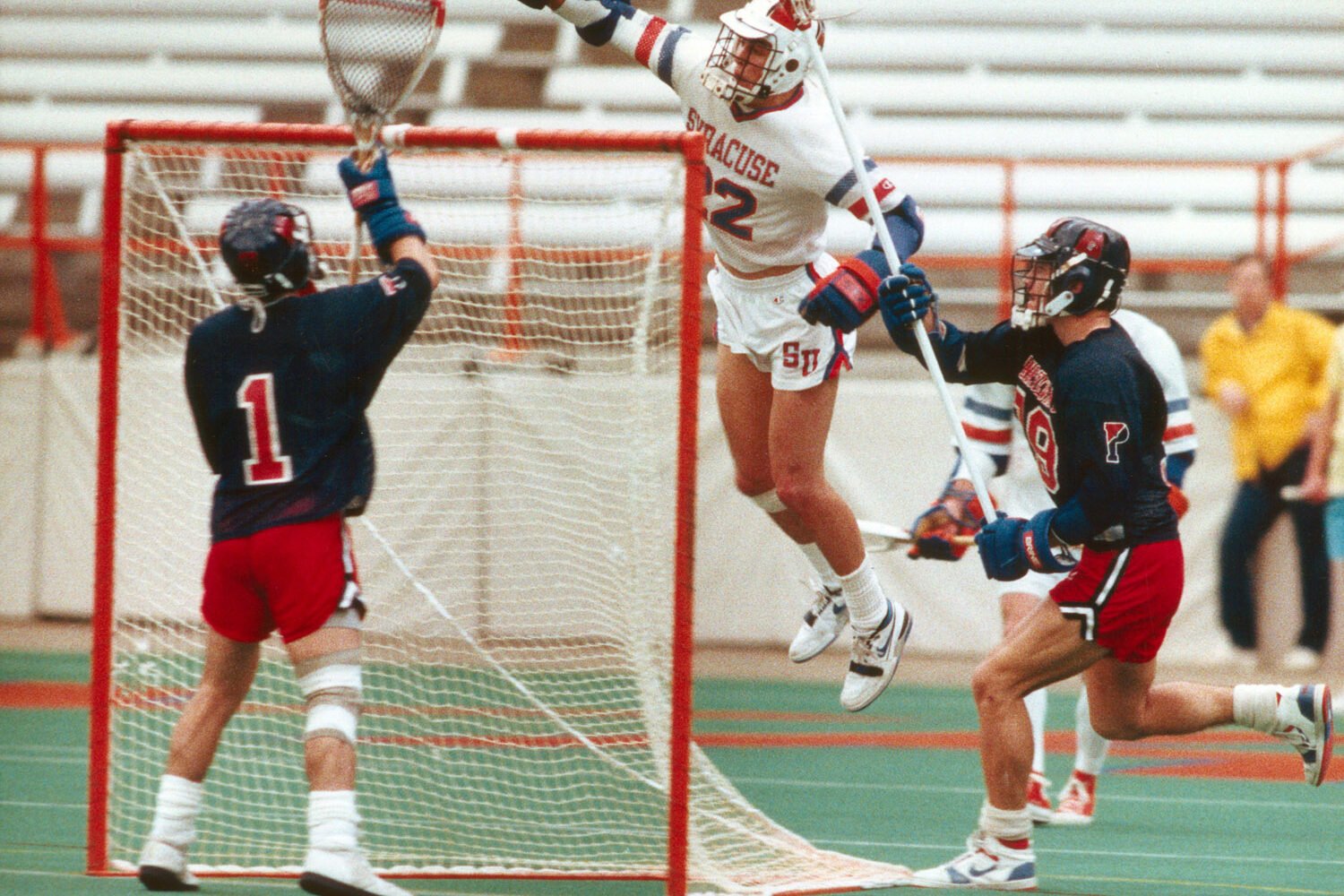The first time Doug Goist heard about blind hockey, he laughed. It was 2016, and one of the founders of the Washington Blind Hockey Club had asked him to attend a “try it” event. “I thought it was crazy,” says Goist, who loved watching pro and Olympic hockey before losing his vision to a genetic disease at 30. “You’ve got people on skates at high speed with boards all around. Are you going to tell me there’s a blind Formula 1 ‘try it’ event, too?”
Goist went anyway—and has been hooked ever since. The 55-year-old Alexandria resident plays goalie for the club, which has 15 active members and has welcomed more than 150 participants since its 2016 inception. “We’ve had players as young as five and as old as 70,” says Kevin Brown, who in addition to playing and coaching is president of the WBHC. “Some of them played the game and had vision before but lost it over time. Others were born totally blind.”
Played in Canada since the 1970s, organized blind hockey came to the US with a New York team in 2014. Today there are more than a dozen clubs across the country, including the Maine Blind Bears and the Hartford Braillers. While some rules set the sport apart—such as prohibiting white jerseys, which are hard for the visually impaired to see against the ice—it’s largely similar to the sighted version, which makes it more meaningful for players. “You become more confident,” Brown says. “You realize you can handle yourself in unfamiliar situations. It’s freeing to know you are not reliant on having somebody guide you. And damn, it’s really fun.”
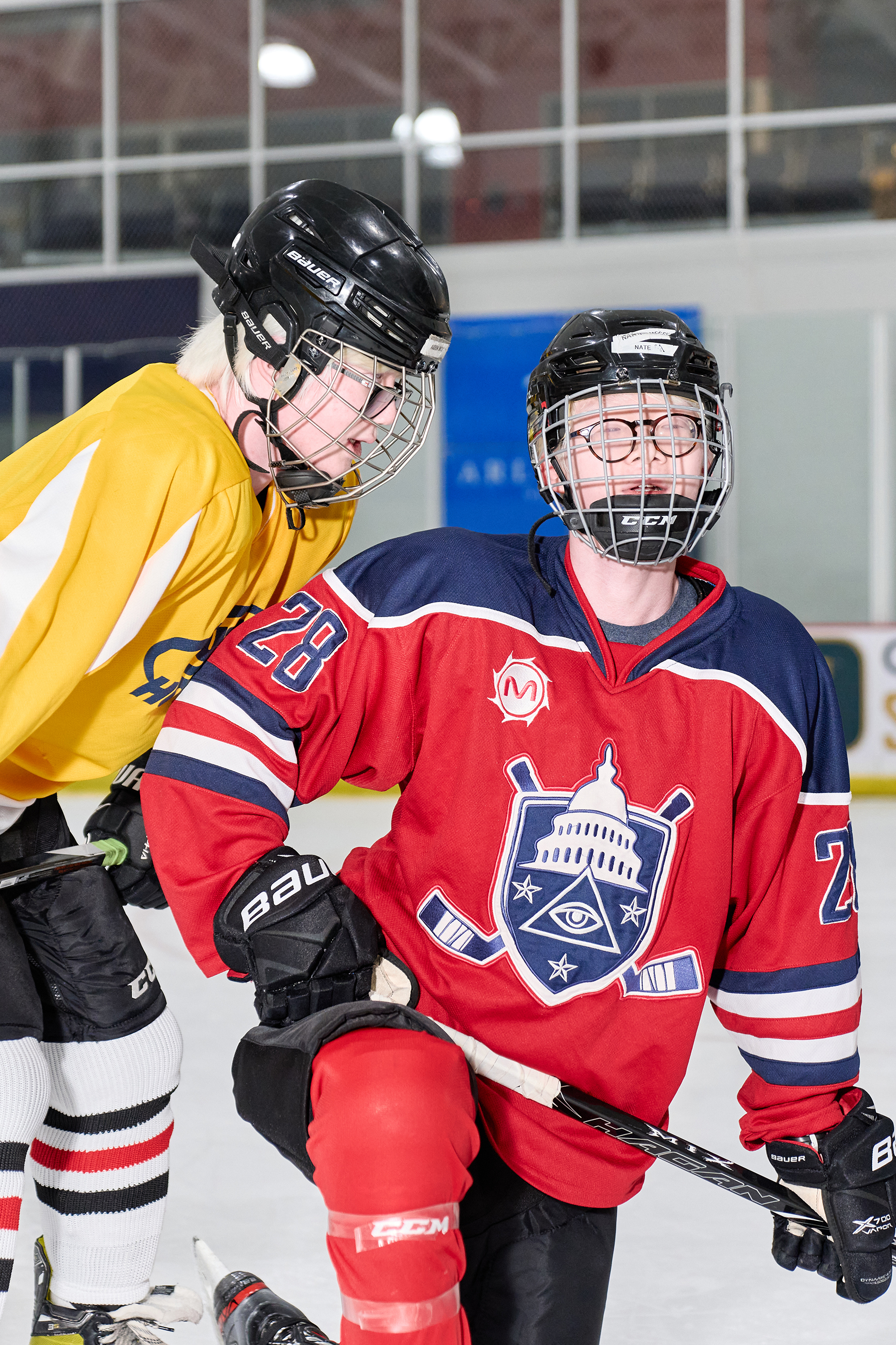



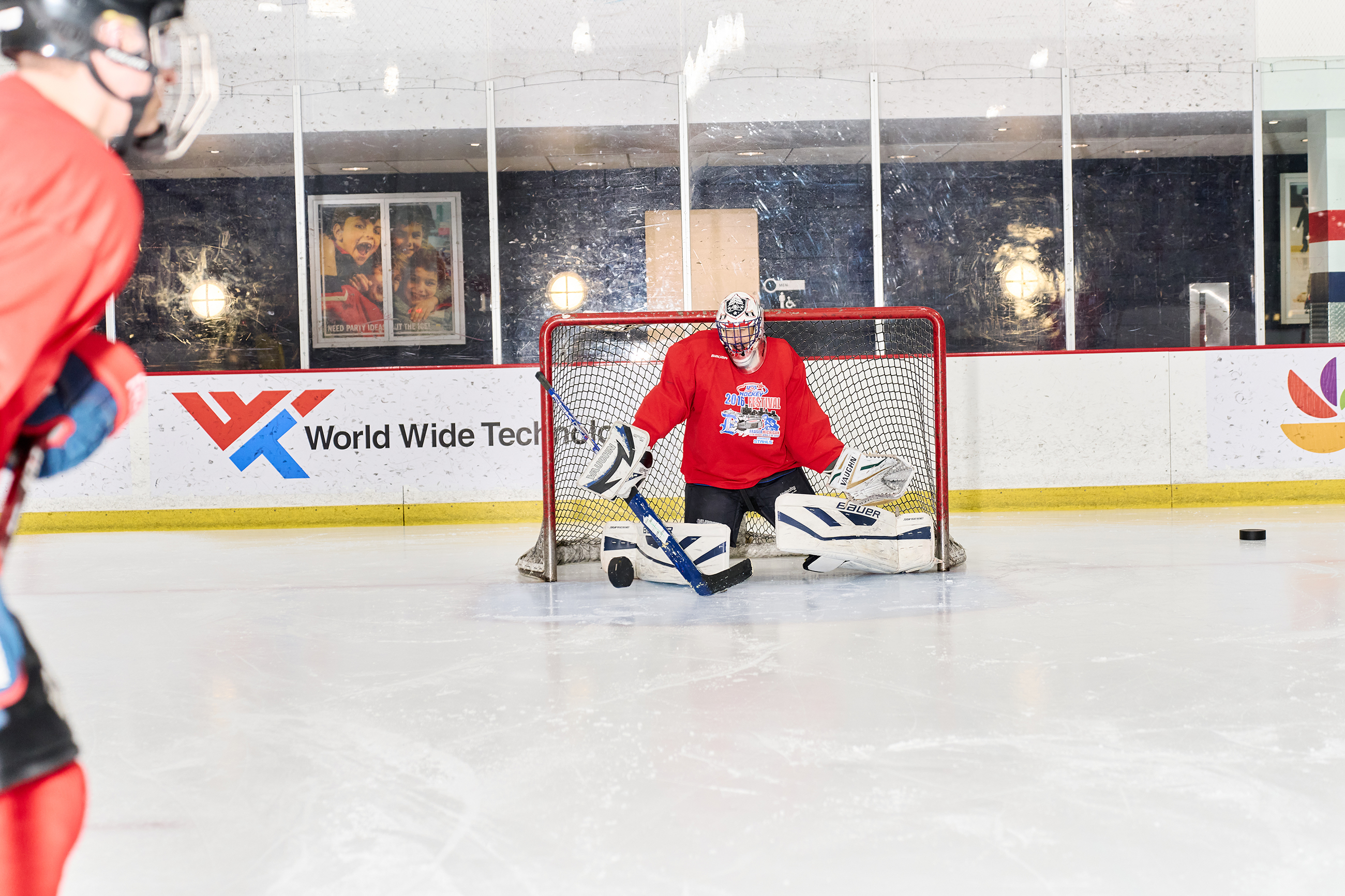


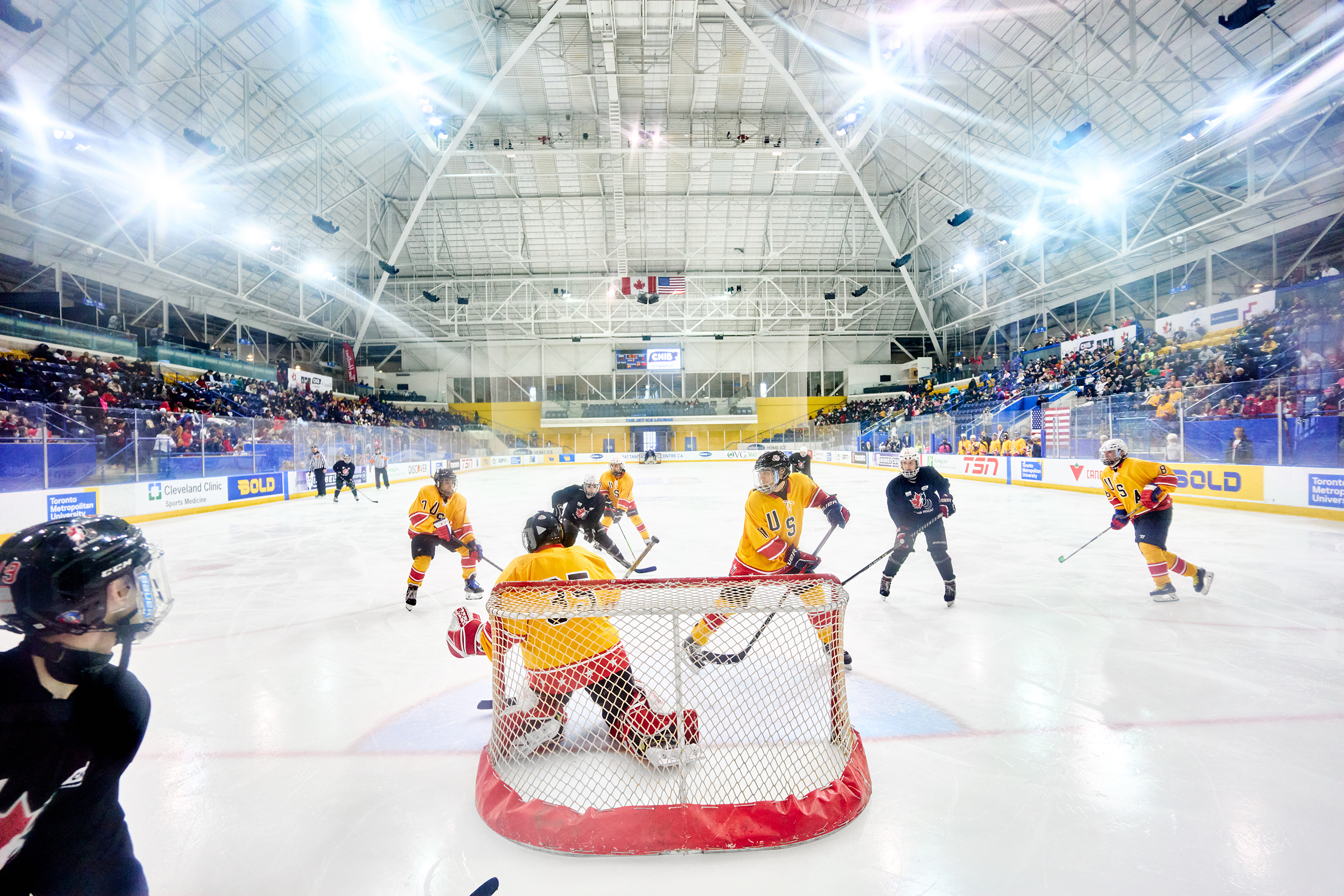
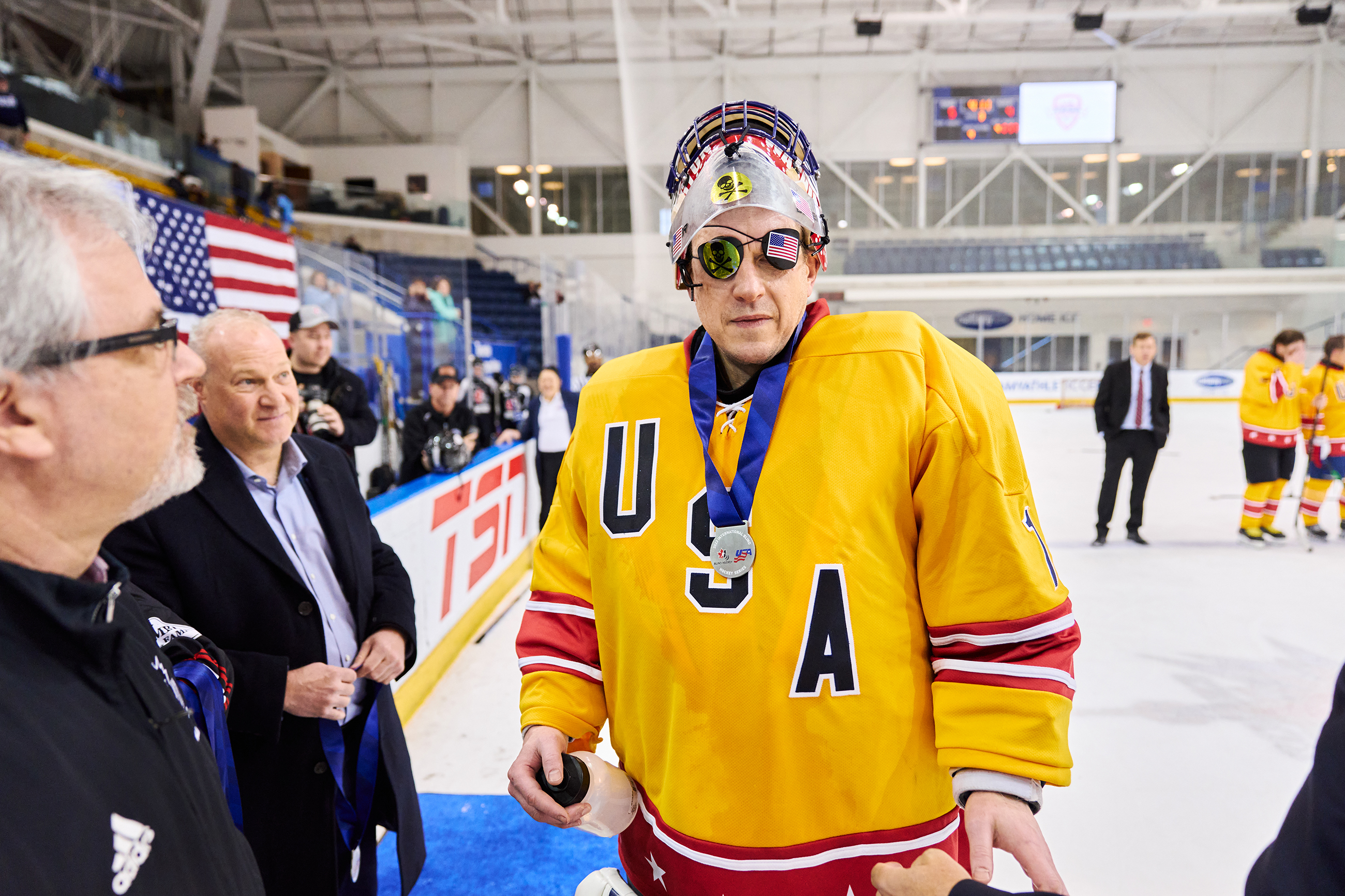

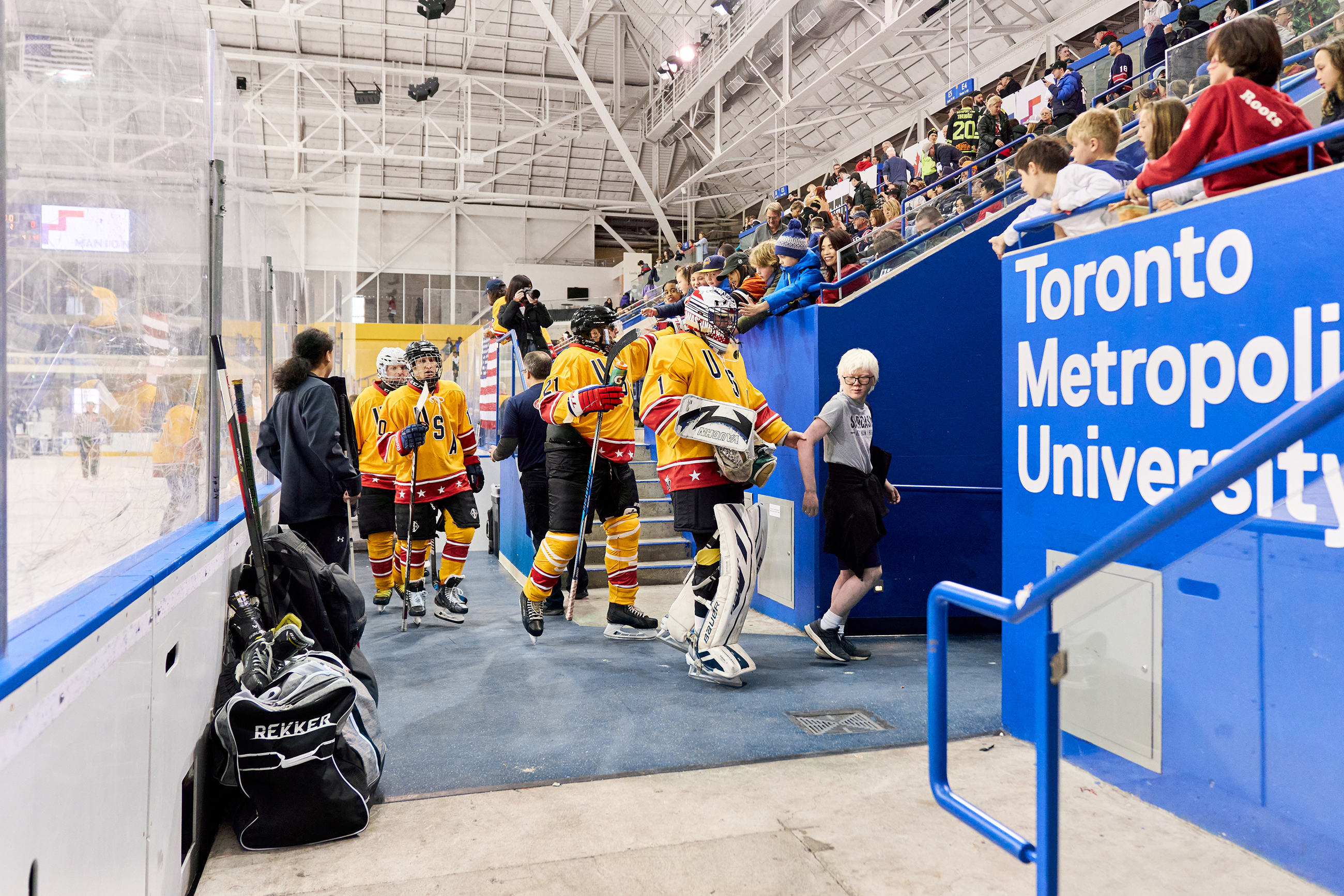
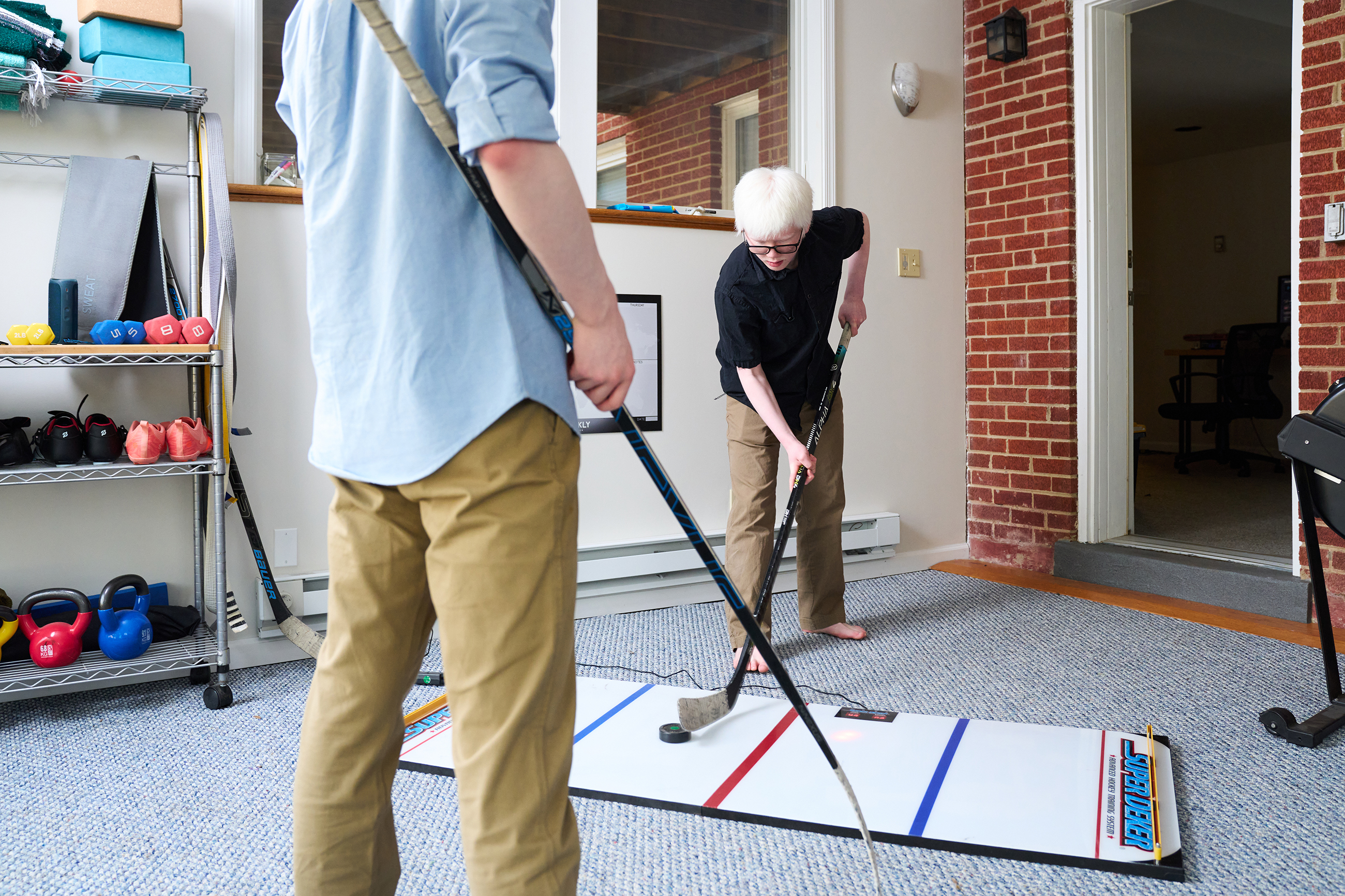
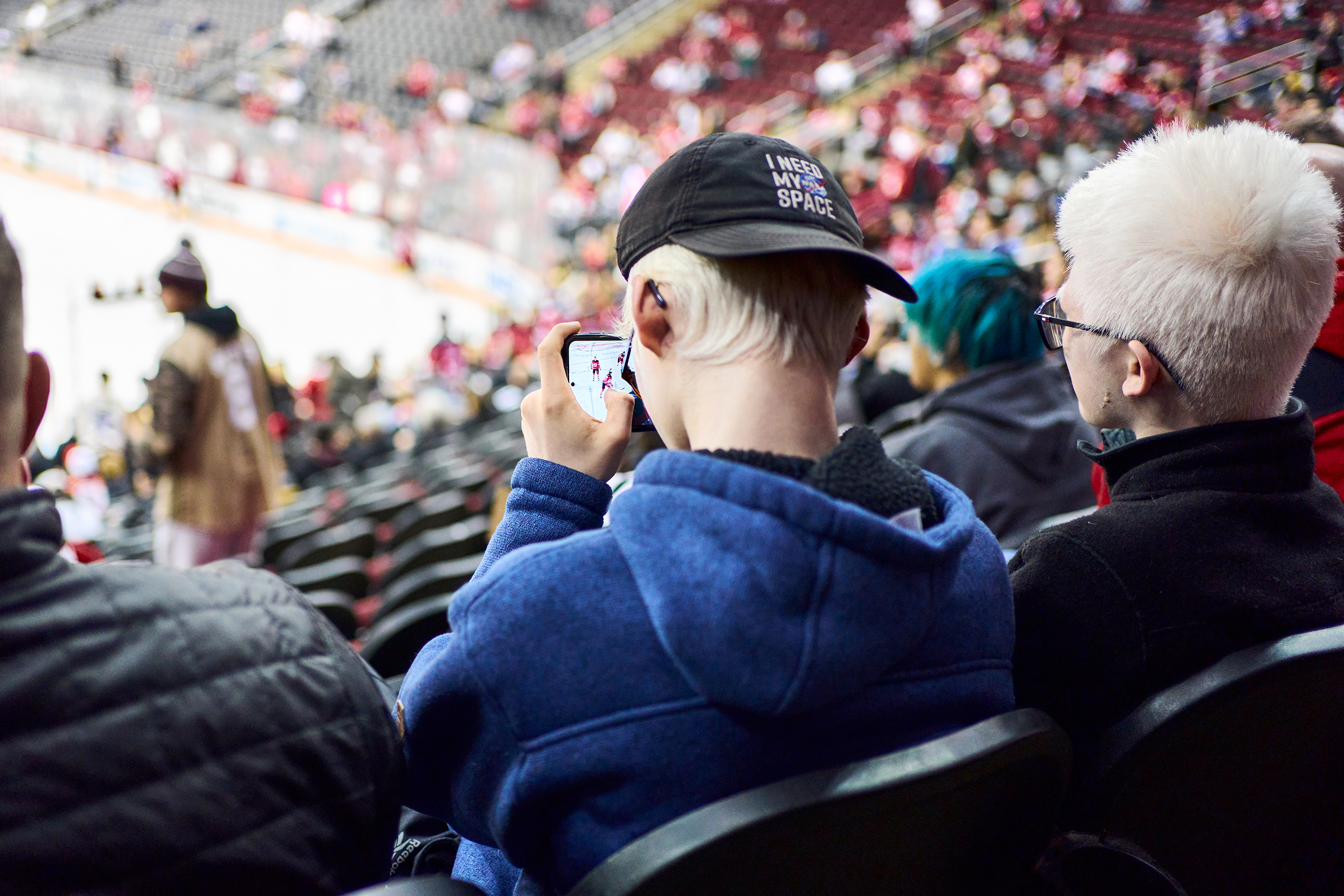
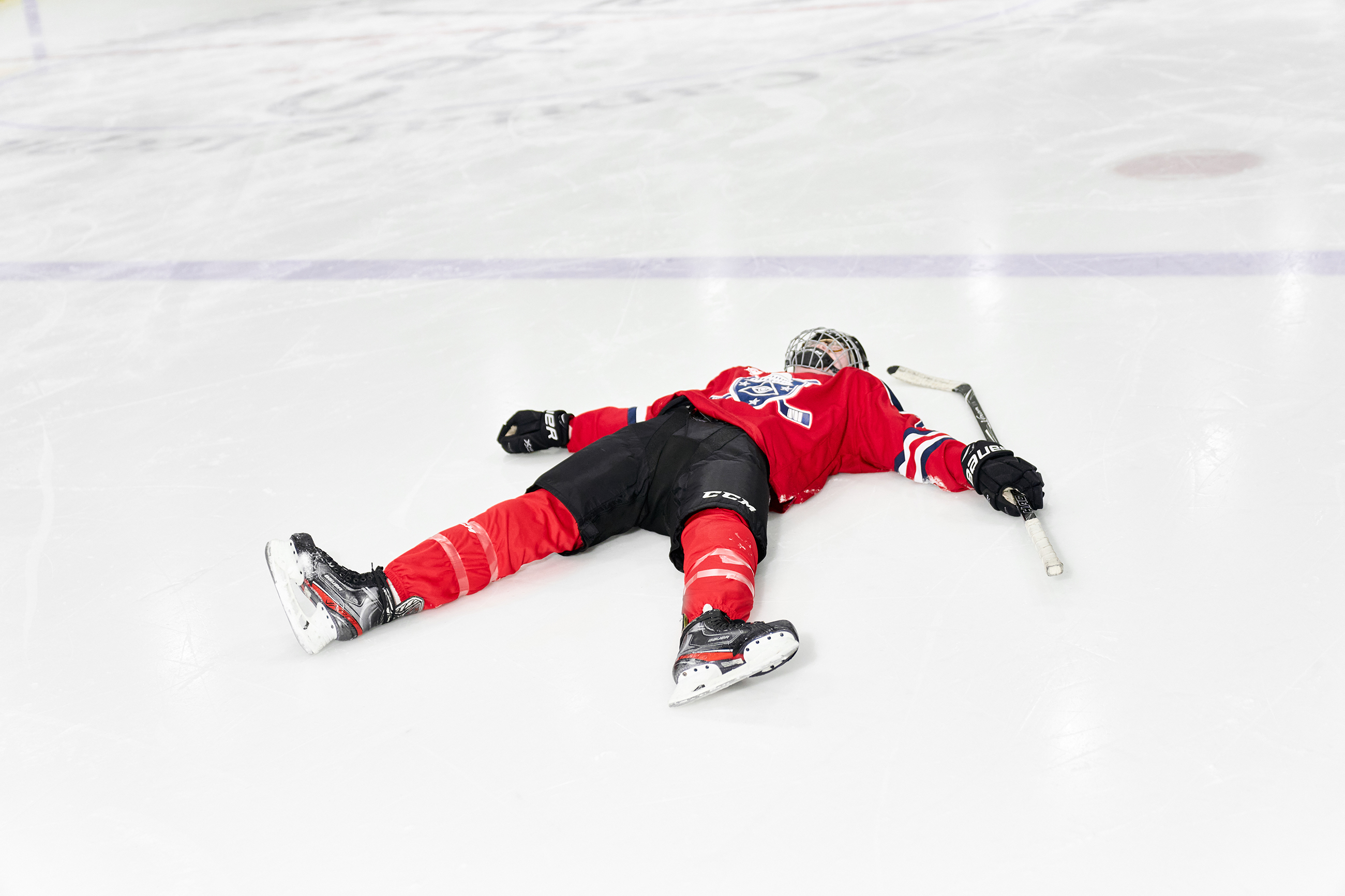
This article appears in the January 2023 issue of Washingtonian.
